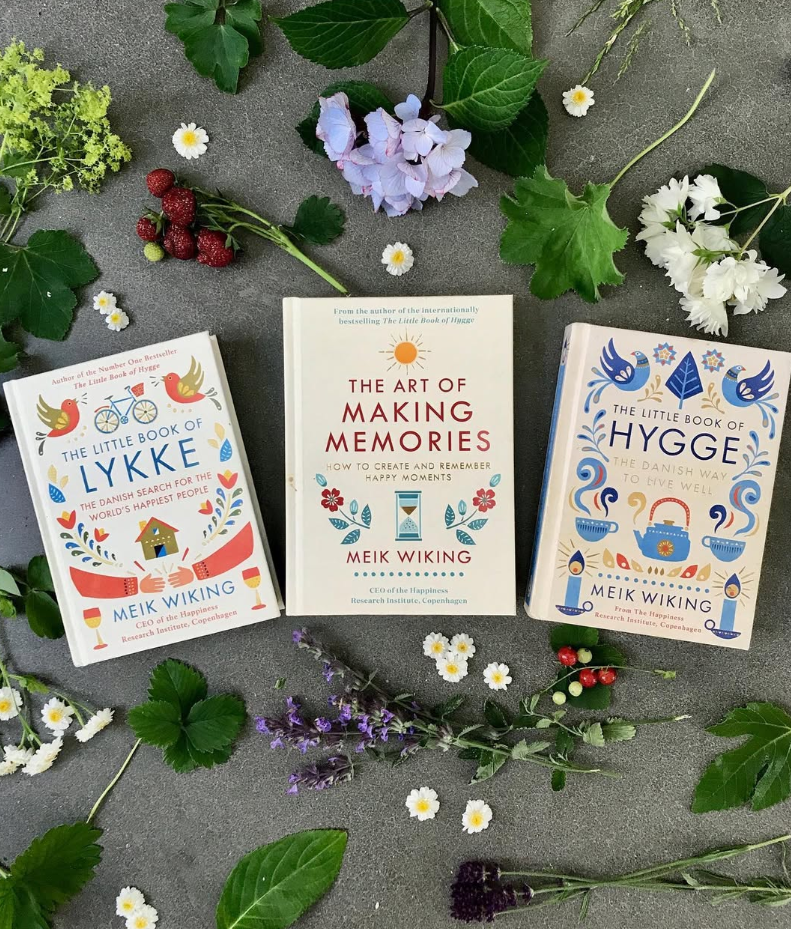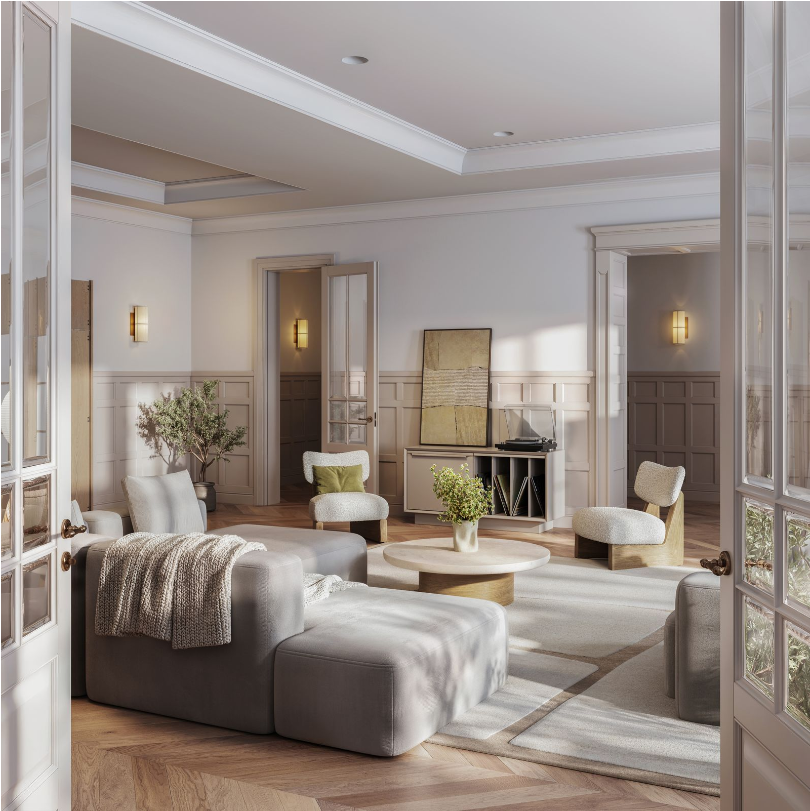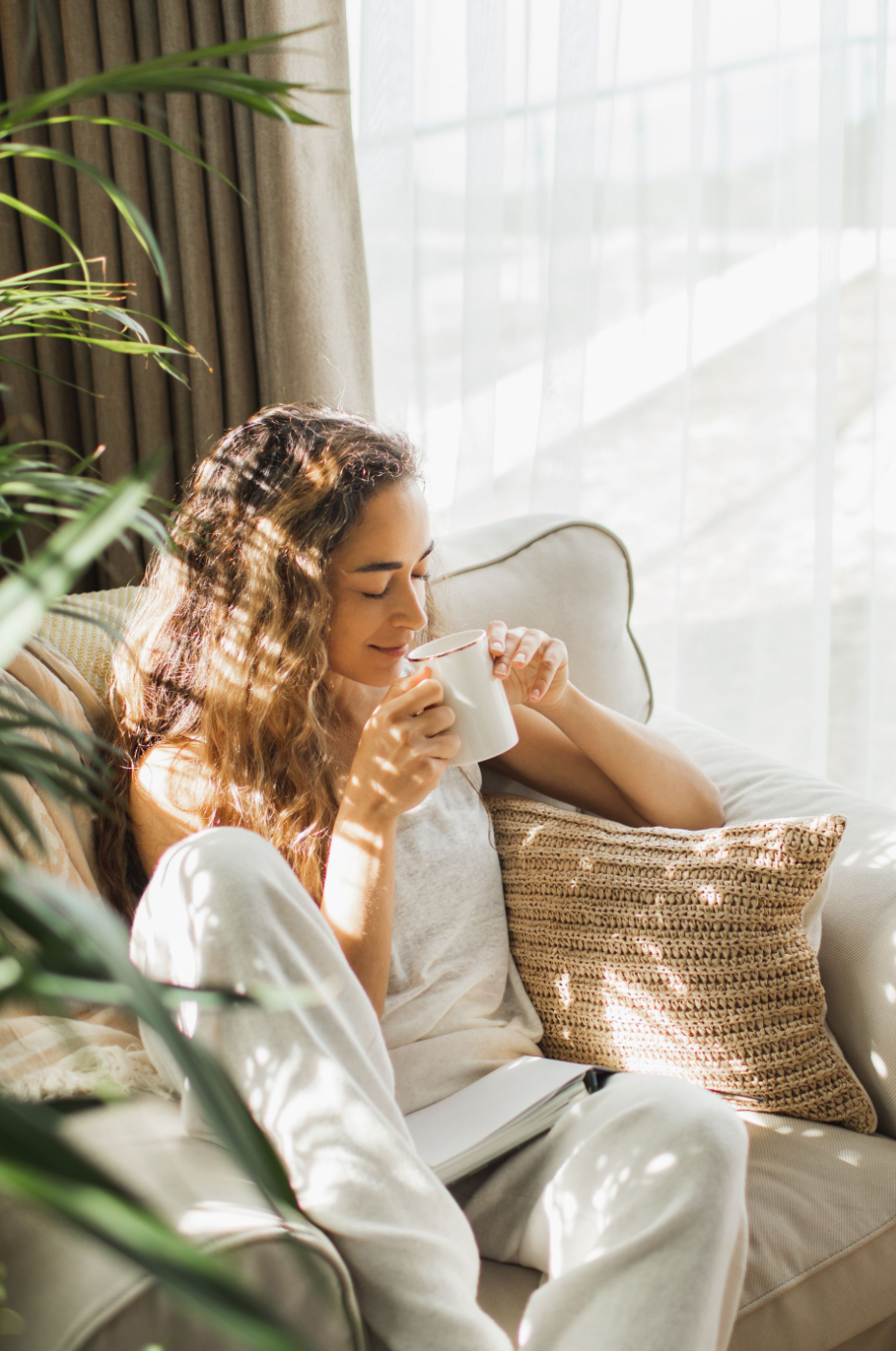A few years ago, when I was renovating my apartment, I spent almost two hours just choosing the living room lights. I wanted my home to feel like a sanctuary—somewhere I could unwind after a long, difficult day, curl up with a book, or stream a movie in peace. I tried different lamps, tested bulbs from several brands, and went through endless trial and error before finally finding the right balance. Looking back, I think I could have saved myself a lot of time and effort had I known more about the Danish art of creating comfort: hygge.
I’d heard the word before—who hasn’t?—but it wasn’t until I dove deep into the world of interior design that I began to understand its true meaning. Hygge isn’t just about candles and blankets. It’s about crafting an atmosphere that feels calm, warm, and safe, a mood that lingers in the air long after the day is done.

Light as the Language of Comfort
Few people know more about hygge than Meik Wiking, CEO of the Happiness Research Institute in Copenhagen. In his 2022 book, My Hygge Home: How to Make Home Your Happy Place, Wiking devotes entire chapters to the power of lighting.
His first rule is deceptively simple: make the most of natural light. Place a dining table near a window, or move the sofa closer to the glass so daylight can fill the room. Beyond that, he stresses the importance of being intentional with lamps and bulbs. Warm light, cool light, overheads, floor lamps—every choice shapes how a room feels.
“Soft, warm light is perfect for dinner or a glass of wine,” he explains. “But when you’re scrubbing dishes in the kitchen, bright light is your best friend.”
Spotlights, Lamps, and the Subtle Glow
To create a sense of coziness, Wiking recommends recessed lighting for living rooms, paired with floor or table lamps to brighten darker corners. Instead of the traditional chandelier, opt for ceiling or wall lamps with glass or fabric shades. Diffused light, he notes, always feels more soothing.

And then, of course, there are candles—the quintessential hygge accessory. If budget or space keeps you from investing in elaborate fixtures, a handful of flickering candles can transform the atmosphere instantly. Add a scented option with notes of sandalwood, fig, pine, or ginger, and suddenly the entire room feels warmer, calmer, more alive.
Why It Matters
The science backs it up. According to Wiking, the average person spends nearly 70% of their life at home. Yet too many of us live with poor lighting that quietly affects our mood. A lack of exposure to light can even increase the risk of depression. Adjusting your lighting, then, isn’t just about design—it’s about mental well-being.
It’s a small, practical shift that can have an outsized effect on daily happiness. And sometimes, that’s exactly what hygge is: finding joy in the simplest, softest glow.
